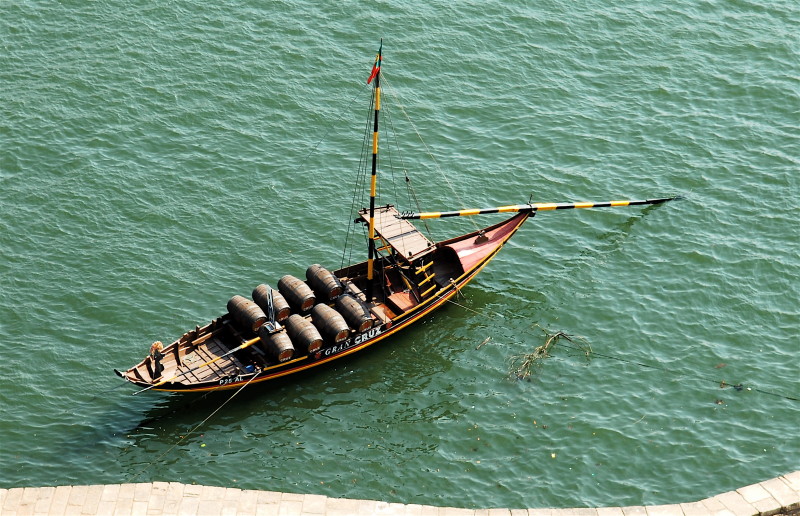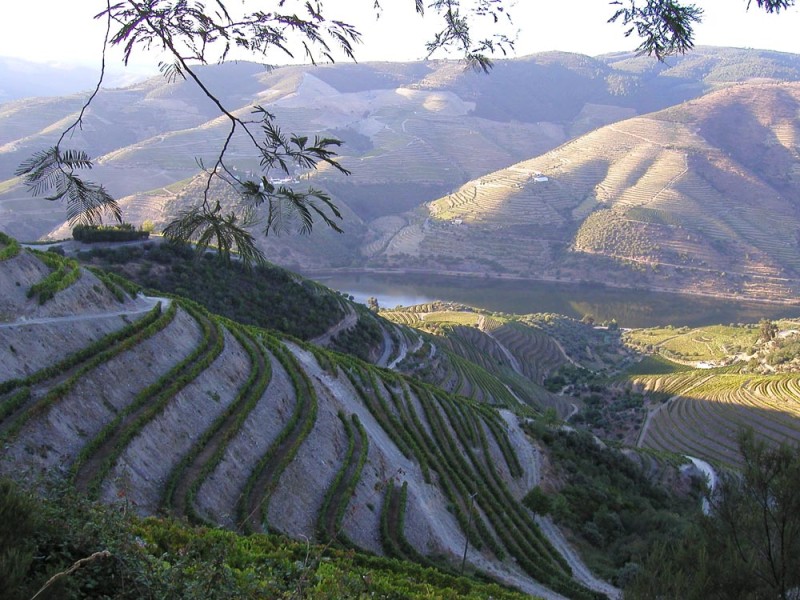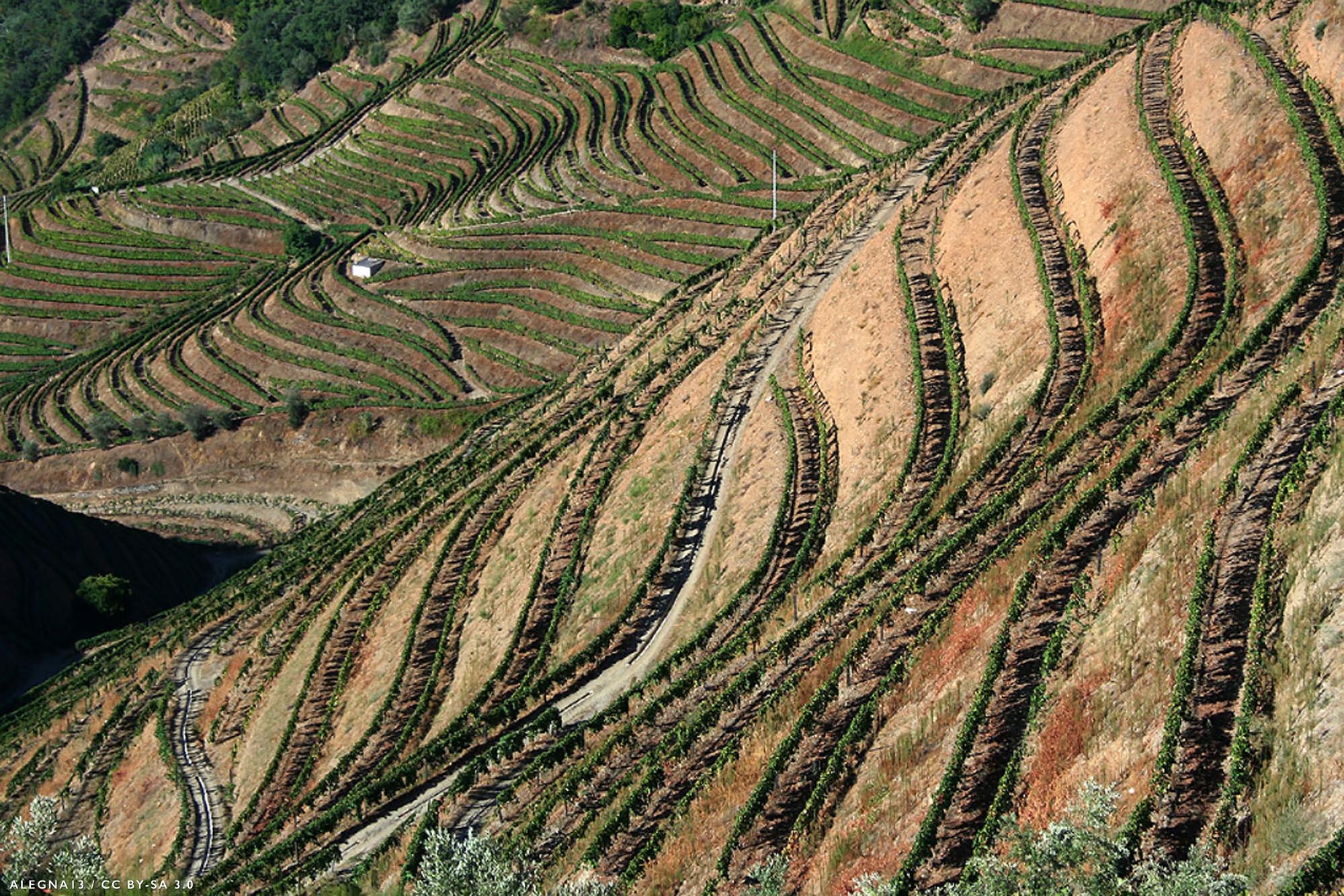Portuguese wine is the result of traditions introduced to the region by ancient civilizations, such as the Phoenicians, Carthaginians, Greeks, and mostly the Romans. Portugal started to export its wines to Rome during the Roman Empire. Modern exports developed with trade to England after the Methuen Treaty in 1703. From this commerce a wide variety of wines started to be grown in Portugal. And, in 1758, one of the first wine-producing region of the world, the Região Demarcada do Douro was created under the orientation of Marquis of Pombal, in the Douro Valley. Portugal has two wine producing regions protected by UNESCO as World Heritage: the Douro Valley Wine Region (Douro Vinhateiro) and Pico Island Wine Region (Ilha do Pico Vinhateira). Portugal has a big variety of local kinds, producing a very wide variety of different wines with distinctive personality.

HISTORY
Romans did much to expand and promote viticulture in their settlements in the province of Lusitania (mainly modern south Portugal). Wines were produced across the territory for both local consumption as well as export to Rome.
During the Reconquista in the 12th and 13th centuries, with the populating (povoamento) of the conquered territories, areas due to religion the Arabs reduced wine production. During this period, some new varieties were added to the ancient ones, from Burgundy came the French varieties. And during the period of discoveries, Henry the Navigator brought to the newly discovered island of Madeira the Moscatel and Malvasia from the Greek Island of Crete. In the Reign of King Carlos, the Região Demarcada do Vinho Verde and the Região Demarcada do Dão among Colares, Carcavelos, Setúbal, and Madeira were created. In 1979, Bairrada was added and in 1980 the Algarve region (Lagoa, Lagos, Portimão, and Tavira) was finally demarcated. In 1998, the Alentejo region was demarked by the gathering several smaller demarked regions created in 1995.

GRAPES
Portugal has a large array of native varietals, producing an abundant variety of different wines. The wide array of Portuguese grape varietals contributes as significantly as the soil and climate to wine differentiation, producing distinctive wines from the Northern regions to Madeira Islands, and from Algarve to the Azores. In Portugal only some grape varietals or castas are authorized or endorsed in the Demarcated regions, such as:
- Vinhos Verdes
- Porto/Douro
- Dão
- Bairrada
- Bucelas
- Colares
- Carcavelos
- Setúbal
- Algarve
- Madeira
- Tejo
____________________________________________________________________________________
(This text is available under Creative Commons Attribution-ShareAlike 3.0 Unported License)
